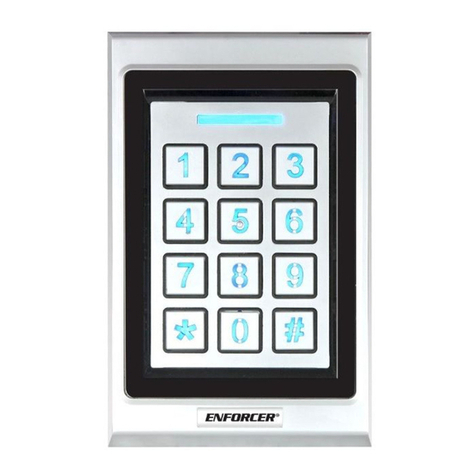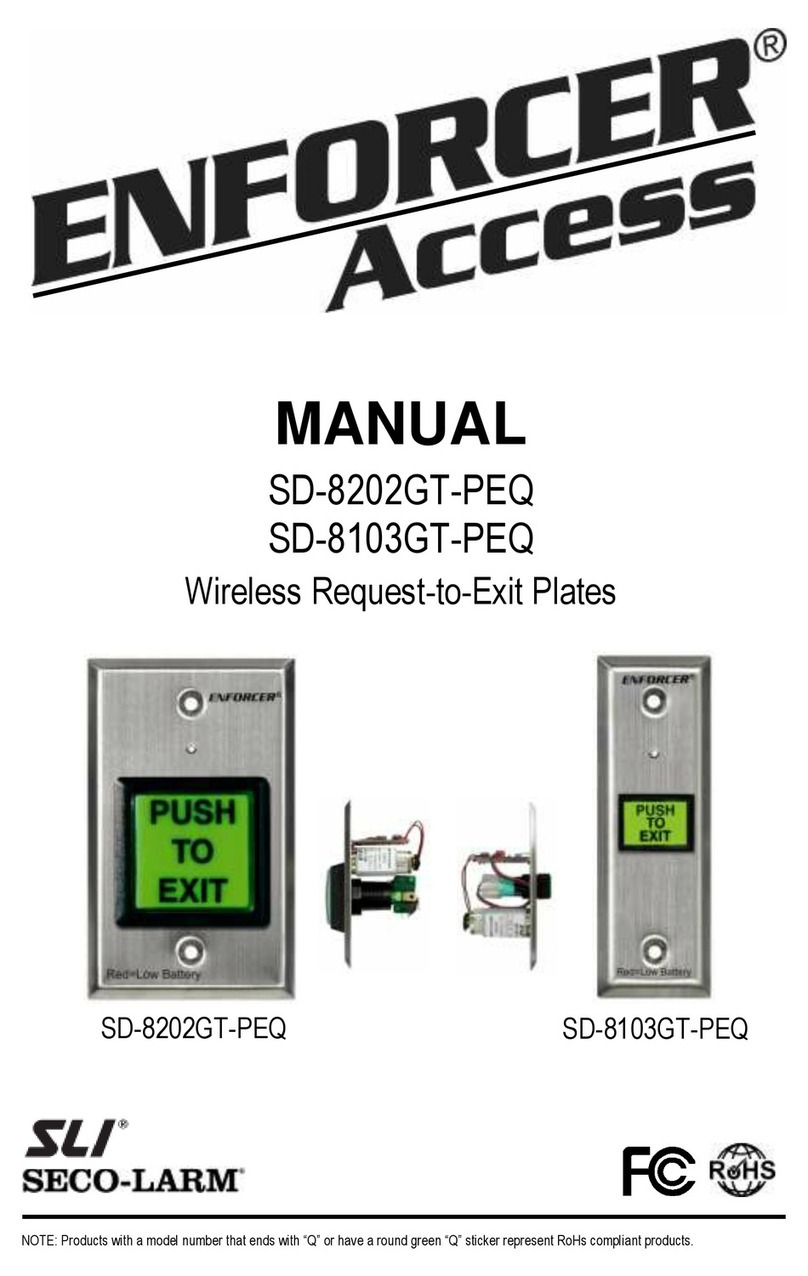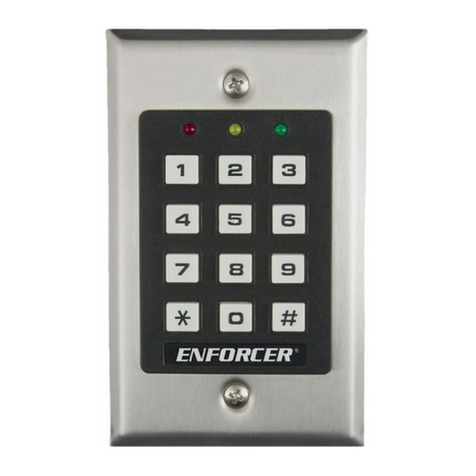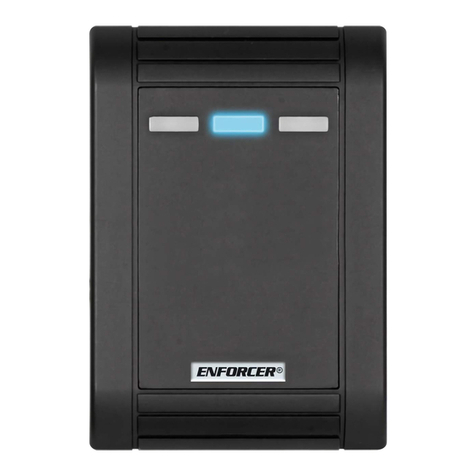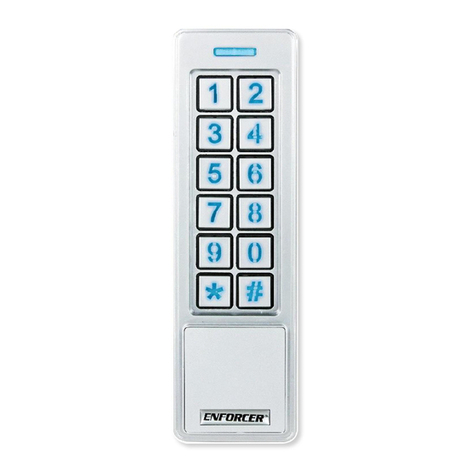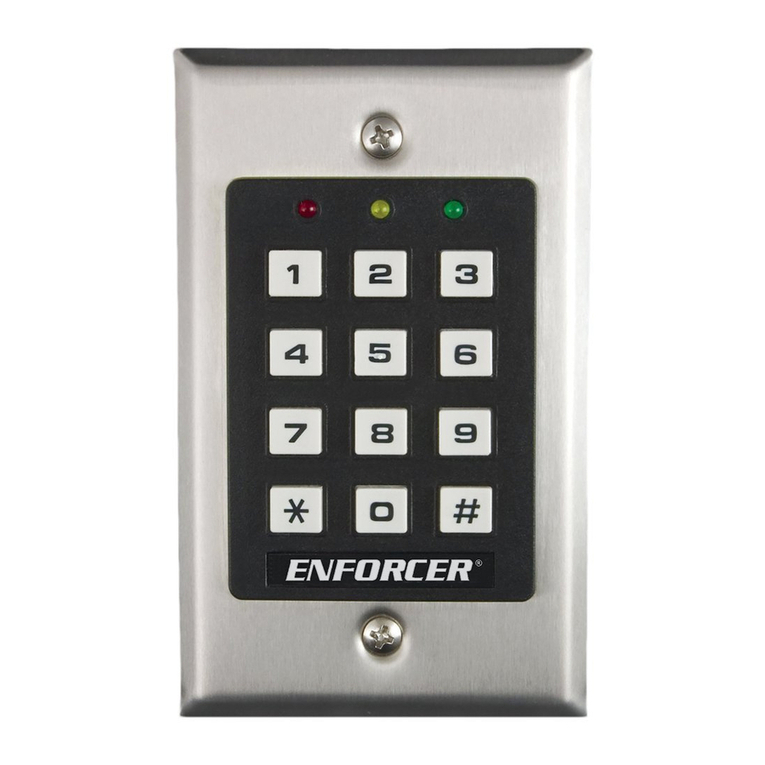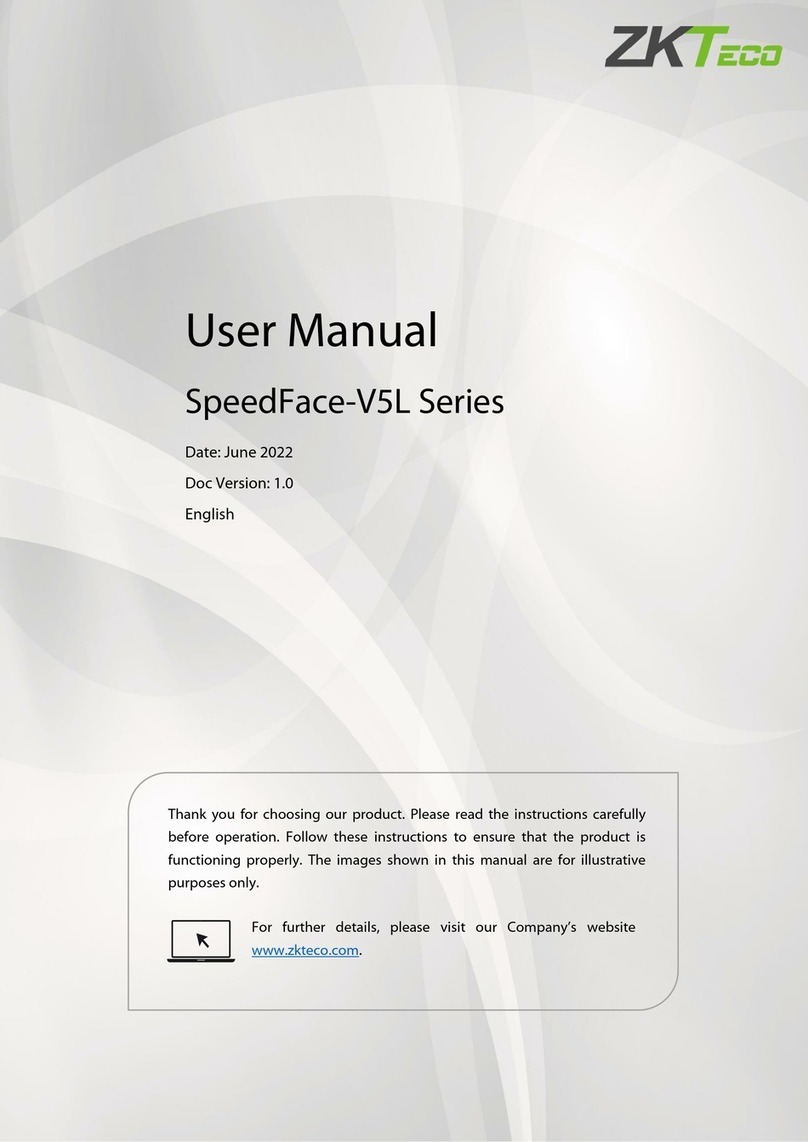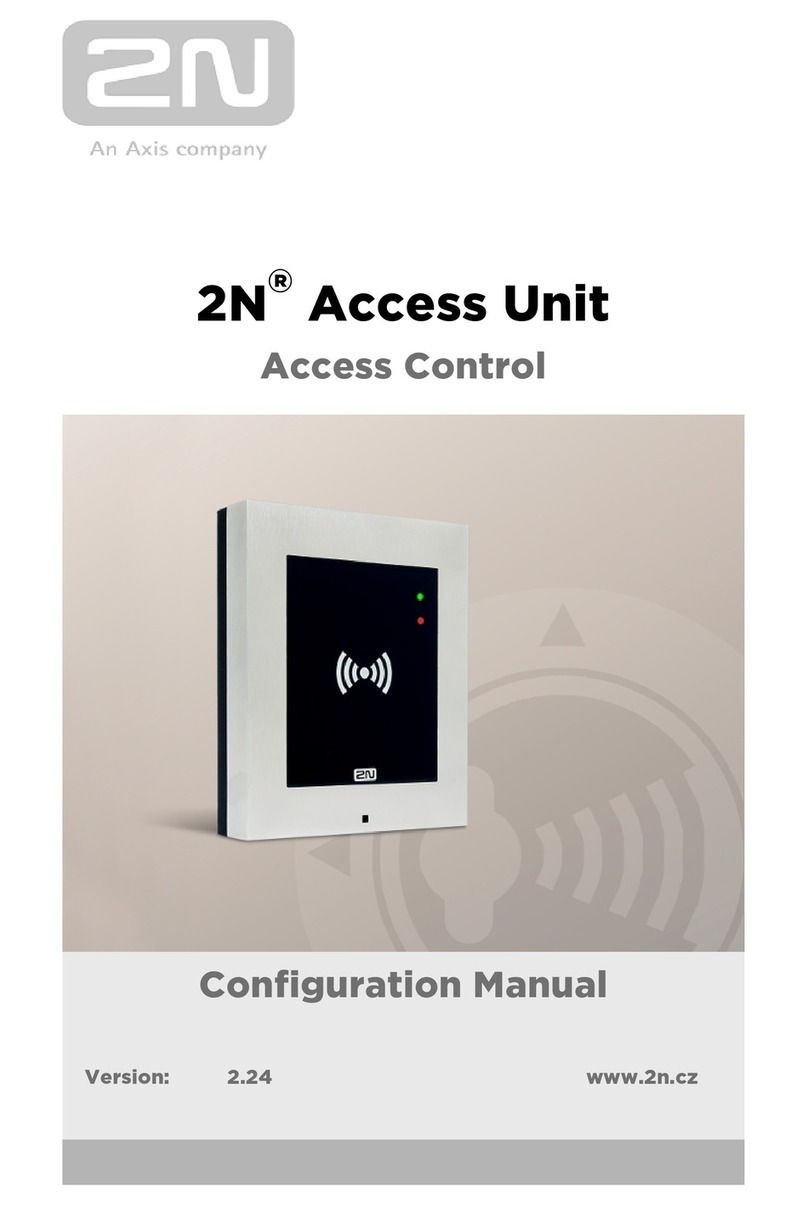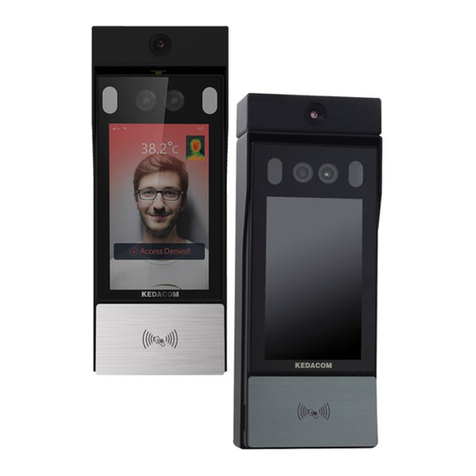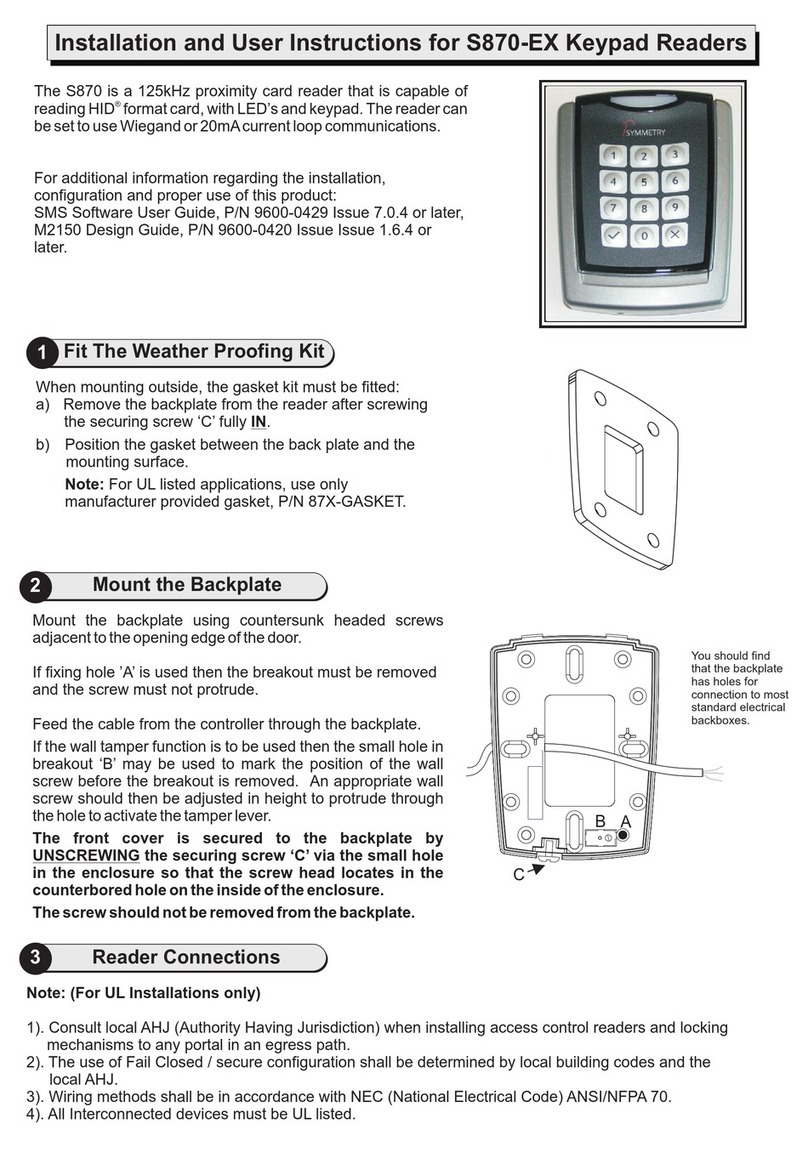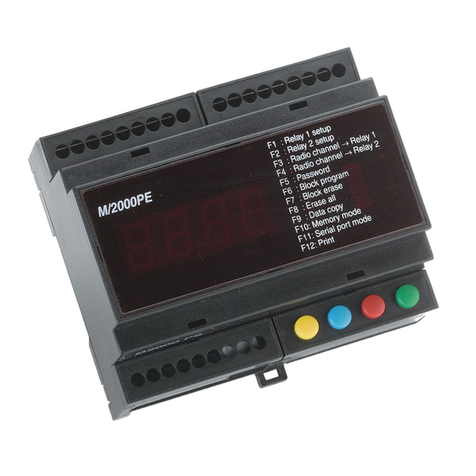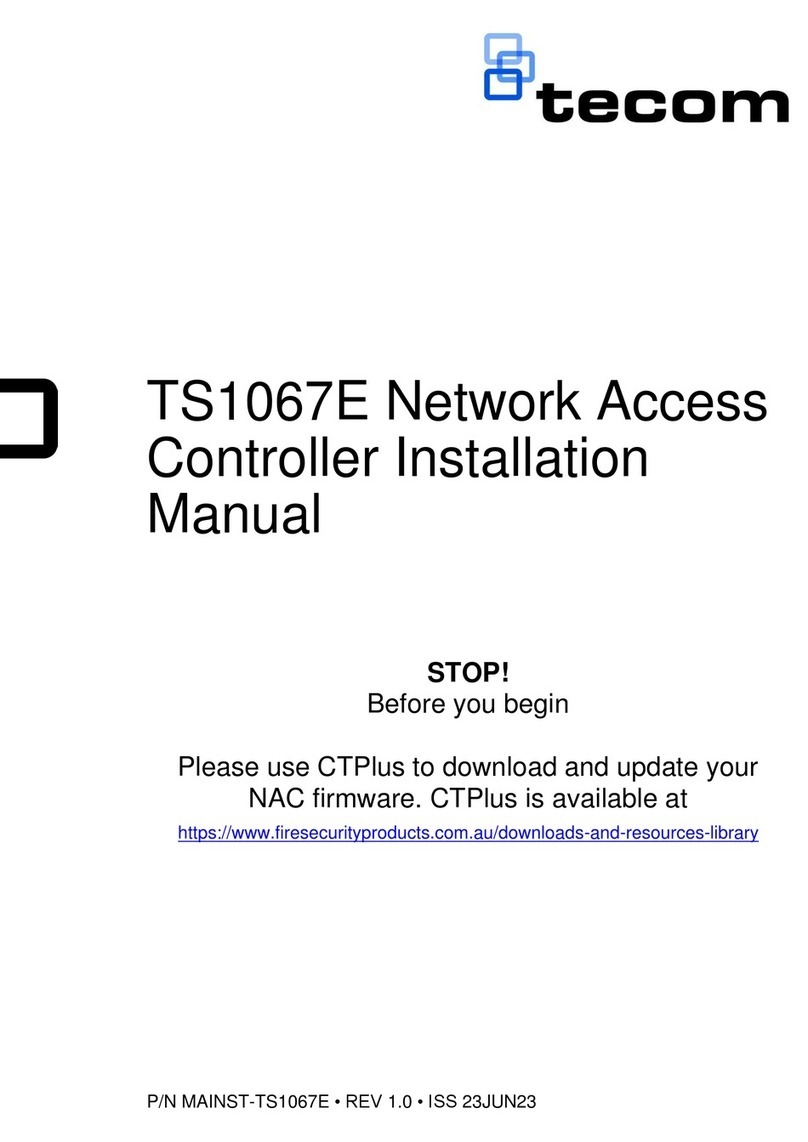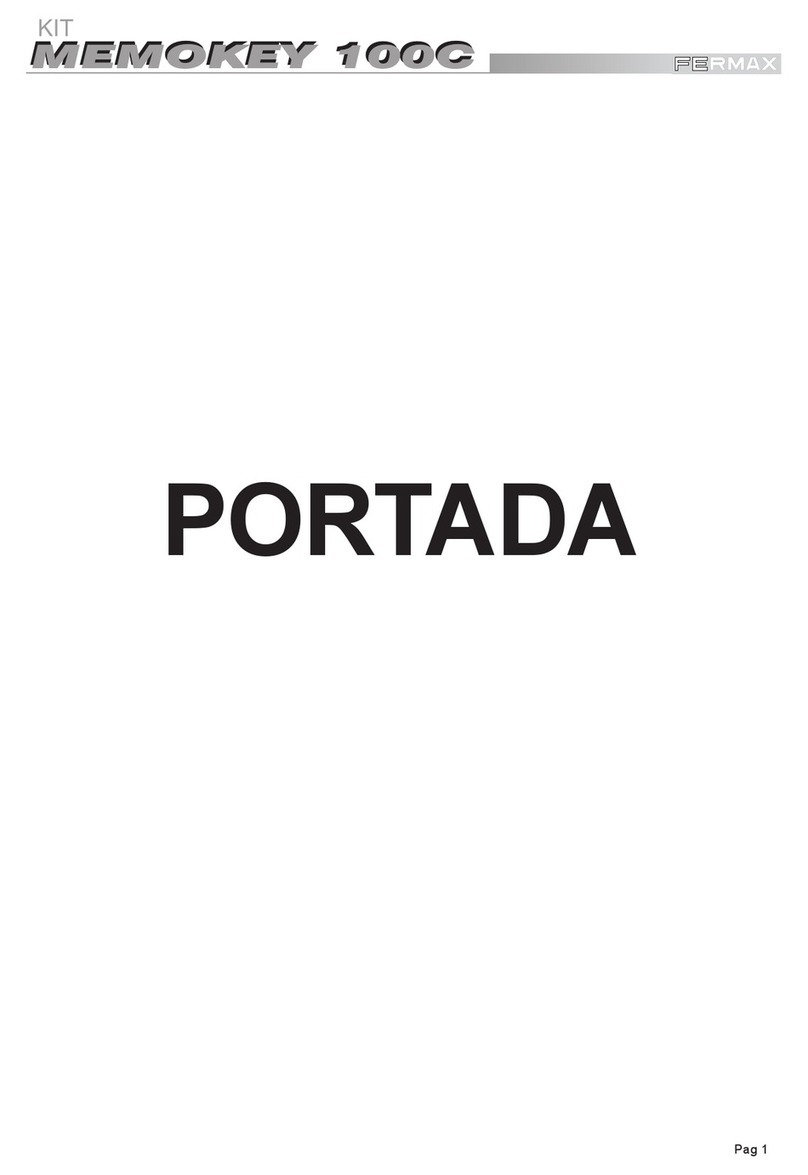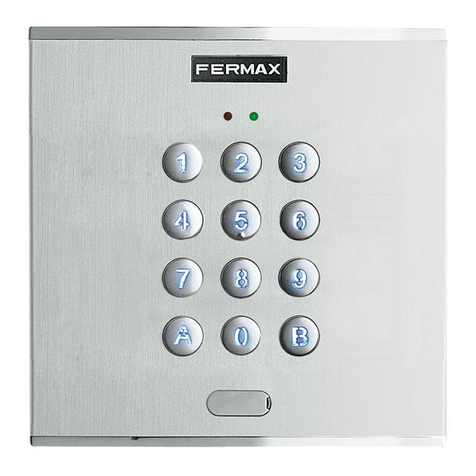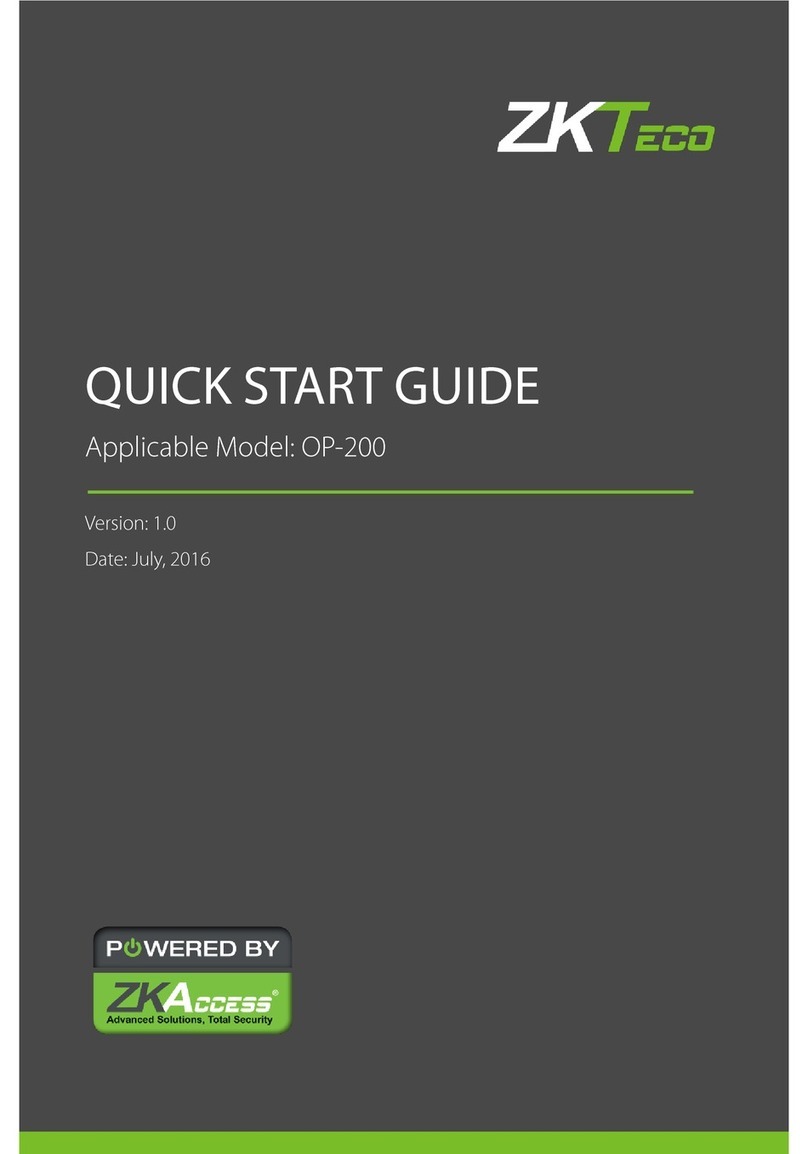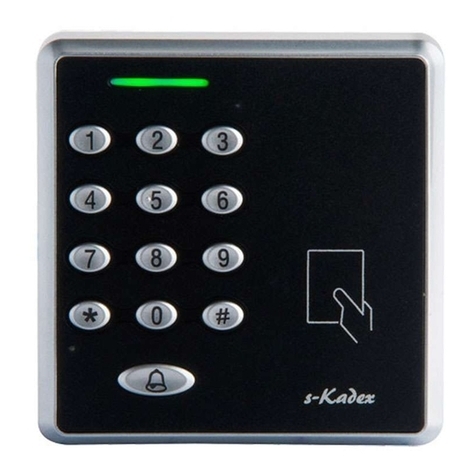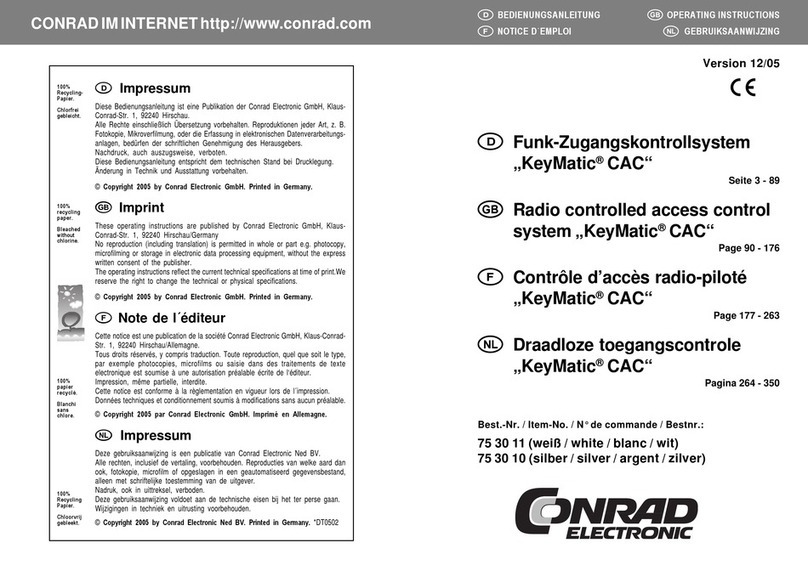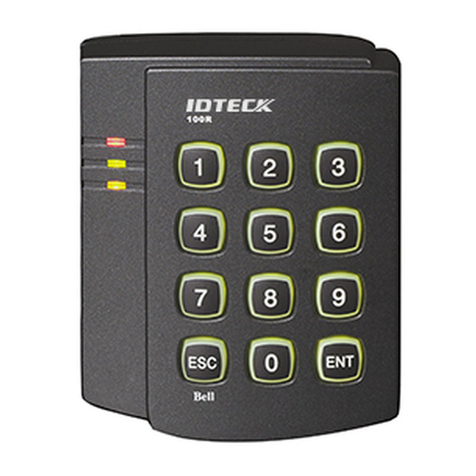
Indoor Access Control Keypad
4 SECO-LARM U.S.A., Inc.
Table of Contents
Quick Installation Guide .................................... 2
Mounting Diagram ............................................ 2
Quick Wiring Diagram ....................................... 2
Quick Programming Guide ............................... 3
Table of Contents ............................................. 4
Parts List ........................................................... 4
Specifications ................................................... 4
Overview ........................................................... 5
LED Indicators and Keypad Sounds ................. 5
Installation ........................................................ 6
Important Notes ................................................ 6
Wiring Diagram ................................................. 7
Sample Application ........................................... 7
Getting Ready to Program ................................ 8
Programming Format and Default
Programming Values .................................... 9
System Restore .............................................. 10
Programming the Master Code....................... 10
The Super User Code ..................................... 11
Programming User Codes .............................. 13
Programming Visitor Codes ........................... 14
Programming the Output Mode and
Duration ..................................................... 15
Programming the Real-Time Clock ................ 16
Programming the Auto-Disable Time ............. 17
Programming the Wrong-Code System
Lockup ....................................................... 18
Programming the User Code Entry Mode ...... 19
Programming the Keypad Sounds ................. 19
Programming the Output Relay Activation
Sounds ....................................................... 20
Programming the Amber LED in Standby
Mode .......................................................... 20
Programming the Egress Delay/Warning ....... 21
Direct Access to Programming ....................... 22
Installer Notes ................................................ 23
Users' Guide to Operating the Keypad .......... 24
Warranty and Notices ..................................... 24
Parts List
Specifications
Operating voltage 12~24 VAC/VDC
Current draw
(@12VDC)
Standby 15mA
Keypress 30mA
Output 1 active 55mA
Total (max.) 90mA
Outputs Output 1, Form C 1A@30VDC
Tamper 50mA@24VDC
Egress input N.O. Ground
Operating humidity 5~95%, non-condensing
Operating temperature -4°~154° F (-20°~70° C)
Dimensions (including back box) 45/8"x27/8"x115/16" (117x73x49 mm)
Weight 6-oz (170g)
